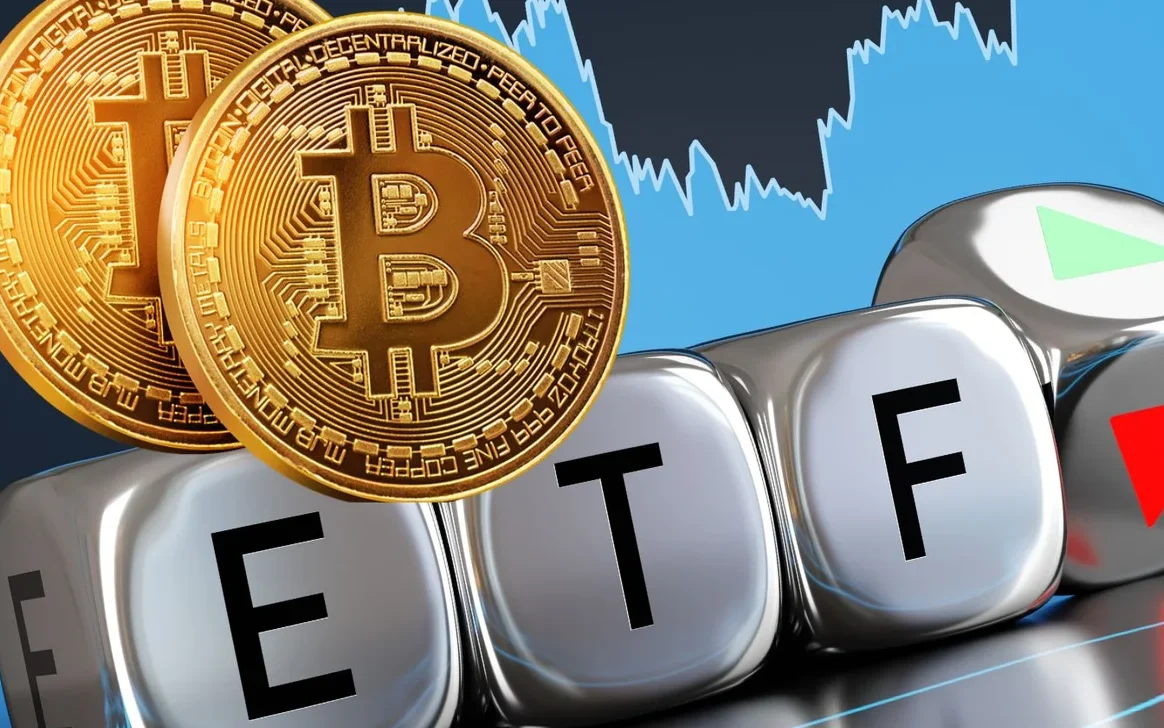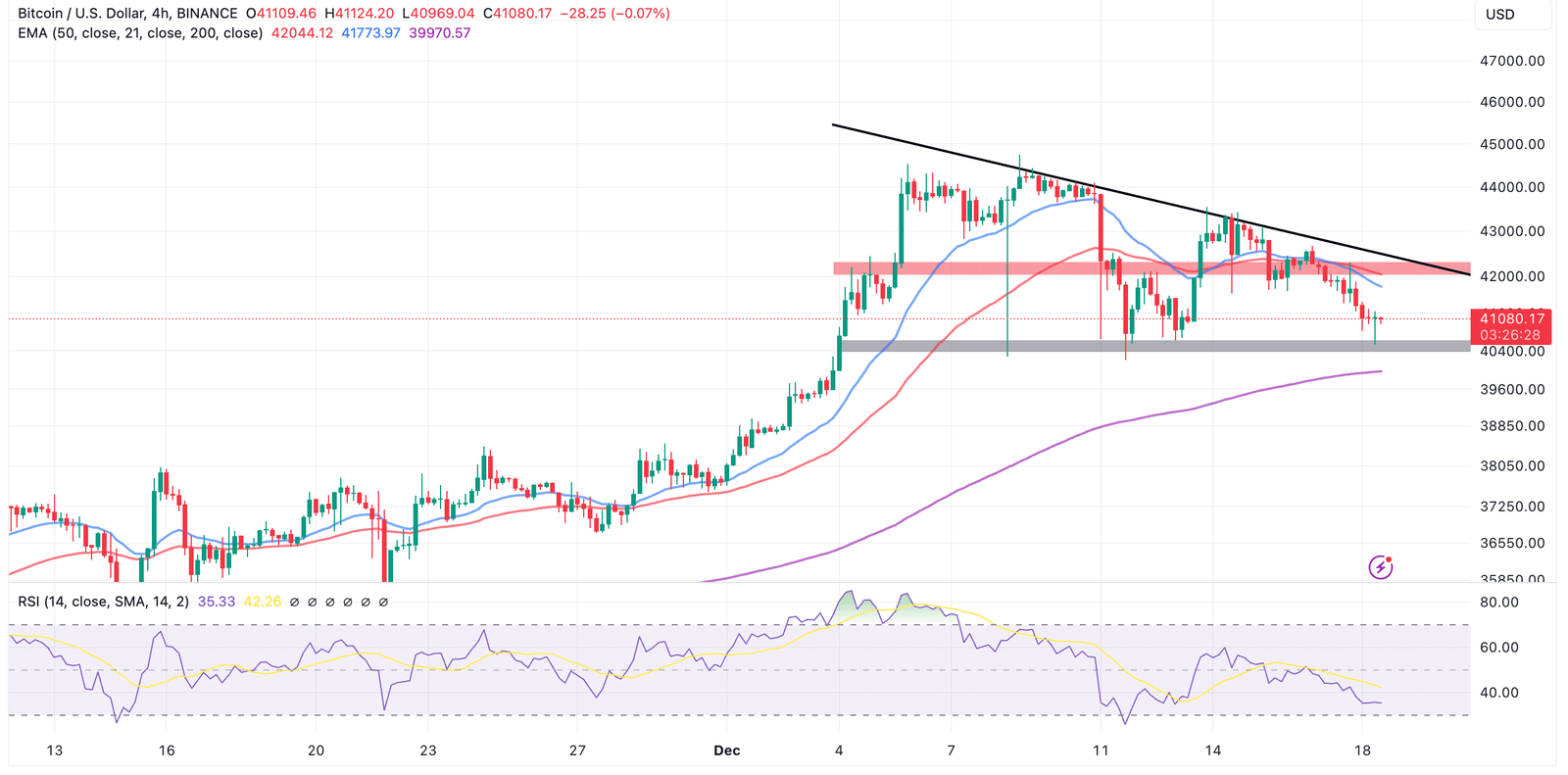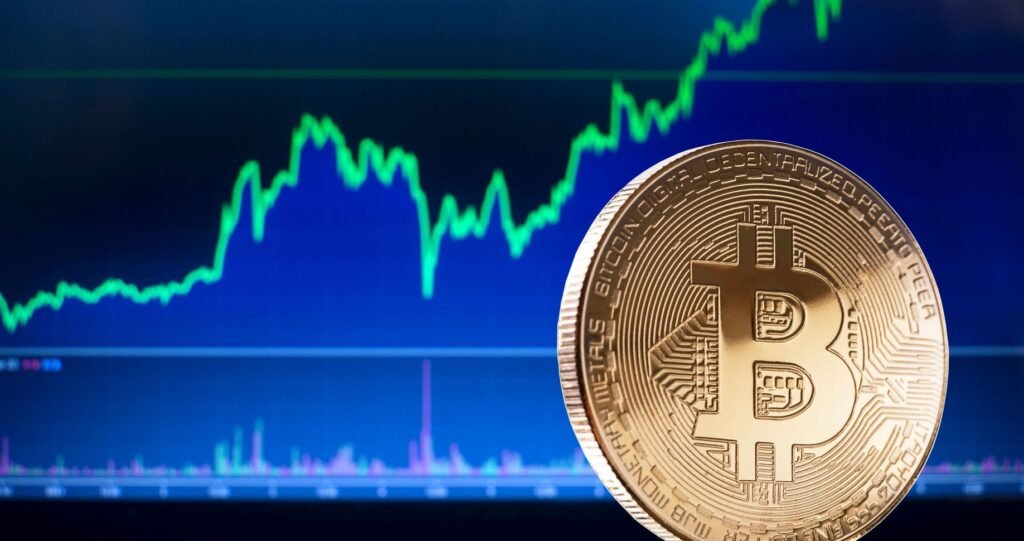Rising above the $87,000 barrier, a new high for the digital asset Bitcoin price—the world’s most widely used cryptocurrency —has once again made headlines. Both institutional investors and individual traders have become interested in this price surge, as it raises questions regarding the sustainability of the movement and the factors driving this significant price rise.
Although the price swings of Bitcoin are not unique, the most recent spike has garnered notable attention due to the increasing involvement of institutional investors and shifting dynamics in the crypto markets. Experts and essential opinion leaders (KOLs) are evaluating the future of Bitcoin as it continues on its positive path.
Institutional Bitcoin Adoption
Growing interest from institutional investors is a key factor driving Bitcoin’s recent price surge. Although the degree and scope of this involvement seem to be growing, institutional demand has not been the initial factor influencing the price of Bitcoin. More major institutions—such as investment funds, family offices, and large companies—have begun allocating to Bitcoin and other cryptocurrencies. Particularly with the launch of Bitcoin exchange-traded funds (ETFs), the trend of institutional adoption has accelerated considerably over the past several years.

A significant turning point was reached when Bitcoin ETFs experienced net weekly inflows of $744.35 million between March 17 and March 21, 2025. With BlackRock’s iShares Bitcoin Trust (IBIT), which drew a $537.5 million inflow during that period, BlackRock experienced its most remarkable inflow. This achievement highlights the increasing confidence institutional investors have in Bitcoin as a viable asset class for portfolio diversification and a store of value.
The rise in institutional interest has tightened Bitcoin’s supply, helping to drive the price increase. The fixed supply of Bitcoin, capped at 21 million coins, means that demand surges, particularly when driven by big players in the market, can significantly raise the price. Moreover, the rising acceptance of Bitcoin in conventional financial markets has legitimized the asset class, thereby increasing its appeal to conservative investors seeking exposure to digital assets.
Bitcoin Halving Impact
Another factor to consider in this spike in Bitcoin prices is the approaching Bitcoin halving event. Approximately every four years, a Bitcoin halving event occurs, reducing the incentive miners receive for verifying transactions on the Bitcoin network by 50%. The most recent halving occurred in 2024, thereby lowering the volume of new Bitcoin being produced and circulated. Due to the limited supply of Bitcoin, halvings of the value have historically been accompanied by notable price hikes.
Many experts have observed that the current price spike could be partially attributed to the decreased inflation rate of the asset, as the Bitcoin halving event typically results in a supply constraint. The reduced supply and continuous demand from institutional investors have created an ideal environment for Bitcoin’s price to surpass the $87,000 mark.
Moreover, market attitude significantly influences the price of Bitcoin. The psychology of investors can dramatically affect the volatility of cryptocurrencies. This influence extends to both institutional and retail investors. Positive news that drives the price higher may include institutional adoption, regulatory clarification in key markets such as the U.S., or approval of Bitcoin ETFs. On the other hand, bad news—such as security lapses or legislative crackdowns—may cause a dramatic drop-off.
Bitcoin Institutional Surge
Analysts have discussed Bitcoin’s future as it rises. Gemini co-founder Cameron Winklevoss has spoken out about the impact of institutional demand on Bitcoin’s price. He says this price spike is unlike previous retail-driven demonstrations because it is based on institutional interest rather than speculative retail trading. The growing institutional adoption of Bitcoin validates it as a legitimate asset class, according to the Winklevoss twins.
Bitwise’s CIO, Matt Hougan, says institutional demand and Bitcoin’s halving cycle are driving the price spike. Bitcoin remains volatile, but Hougan believes its scarcity and growing use as a store of value will enhance its long-term prospects.
Analysts predict that Bitcoin might reach $180,000 to $200,000 by 2025. Bitcoin’s limited supply and demand from institutional investors inform these estimates. Numerous analysts assert that Bitcoin exhibits volatility and anticipate price fluctuations. Any rising asset class has volatility; therefore, market participants must be prepared.
Bitcoin Price Risks
Despite the bullish outlook for Bitcoin, significant challenges and risks remain that could impact its price trajectory. One of the primary concerns is regulatory uncertainty. Although regulatory clarity has improved in some jurisdictions, the global regulatory environment for cryptocurrencies remains fragmented. Different countries have varying approaches to cryptocurrency regulation, which could impact Bitcoin’s adoption and usage. Governments may implement stricter regulations or crack down on cryptocurrency exchanges, which could erode investor confidence and lead to price volatility.

Another risk factor is the possibility of a market correction. Bitcoin’s price has always been prone to sharp fluctuations, and its recent surge may not be sustainable in the long term. While institutional investors have provided significant support, retail traders and speculative investors can also drive the market. If sentiment turns negative, a sudden decline in demand could result in a rapid price correction.
Final thoughts
Ultimately, driven chiefly by institutional demand and market fundamentals, Bitcoin’s current ascent to above $87,000 marks a noteworthy turning point. Despite this, analysts remain optimistic about the future of Bitcoin and predict further price increases in the years to come.
The market for the core remains volatile, and legislative issues are looming. Despite the potential risks, the future of Bitcoin appears promising as institutional interest in the cryptocurrency continues to grow and more applications for it emerge. Investors should exercise caution and weigh potential benefits against risks in the bitcoin market.

